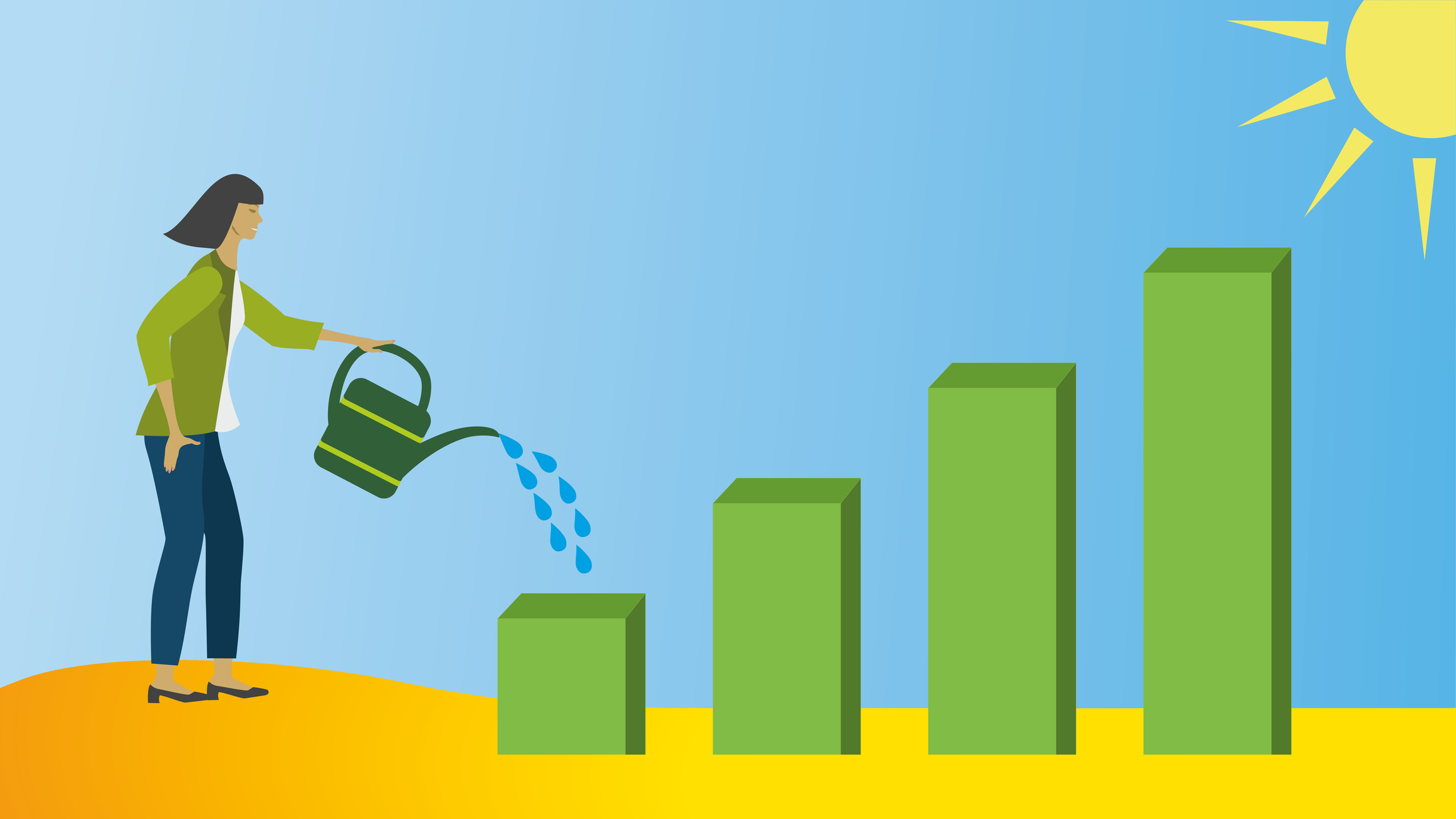How to Tackle the Lost Lead Challenge in Senior Living Sales
In the competitive landscape of senior living sales, the challenge of lost leads stands as a significant hurdle toward achieving target occupancy rates. The time and money spent to attract and nurture a lead is simply too high to let leads slip away. When you add up all the expenses involved, from advertising, marketing automation, maintaining a website, and your sales and marketing team, you begin to get a sense of the value attached to a senior living lead. In a 2018 article by Rick Whittington in McKnights Senior Living, it was noted that “the average cost per lead/lease for senior care marketers was $431.” It is now significantly higher. This is not counting on potential lost rent and care revenue.
Understanding the senior living lost-lead challenge
A lead that is not promptly and effectively engaged can be quickly lost to a competitor or choosing to stay at home with the help of home care. When you consider that the industry average inquiry to move-in rate is anywhere between 5-20%, you begin to see the great opportunity in capturing leads through meticulous – and fast – attention to digital inquiries, phone calls, and walk-ins.
Capturing digital leads
Digital marketing represents the biggest piece of the lead generation pie. Implementing a robust marketing and sales strategy that ensures every digital inquiry receives a prompt response is critical. This includes optimizing your website for lead capture* (including web forms, live chat, and chatbots), using marketing automation, and maximizing your CRM’s features to engage potential residents or their families directly.
Engaging phone inquiries and walk-ins
For phone inquiries and walk-ins at the community level, the focus is on always being guest-ready to create a positive first impression, and ensuring that every interaction leads to a next action step. Training your community sales staff – including your sales director, executive director, and back-up team – to handle inquiries effectively is key. Establishing and continually training that backup team on how to handle phone inquiries and walk-ins will ensure that someone is always available to engage with prospects when the sales director is unavailable.
Implementing a systematic follow-up strategy
A systematic follow-up strategy is crucial for engaging database prospects still in the pipeline. A structured follow-up strategy to keep you top-of-mind to your potential residents includes a mix of one-extras, personalized calls, emails, videos, home visits, and invitations to tour or otherwise engage with your community.
Leveraging marketing and sales technology for greater efficiency
Technology plays a pivotal role in managing and nurturing senior living leads. A sales and marketing tech ecosystem today includes your CRM, marketing automation platform, and an assortment of other specialized platforms. They should be working in harmony to nurture your leads, track interactions, schedule follow-ups, and analyze your lead sources for better lead management.
Training and leading sales teams
At the heart of addressing the lost-lead challenge is a competent and motivated sales team. The first part involves ongoing training that focuses on relationship-building skills, effective communication, and resilience in the face of rejection. The second part is a strong and effective leadership team that encompasses an executive director that supports sales, a regional director that provides training, direction, guidance, and accountability, and corporate-level leadership that creates and supports a sales-focused culture from the top down.
Conclusion
Tackling the lost-lead challenge in senior living sales demands a multifaceted approach, combining effective lead capture, strategic follow-up, leveraging technology, training, and leadership. By putting all these pieces to work, senior living communities can enhance their sales performance, thereby improving occupancy rates and ensuring a thriving community. Through diligent application of these strategies, the challenge of lost leads can be transformed into an opportunity for growth and success.
Learn more
Looking for more ways to solve the lost lead challenge and drive strong occupancy growth? Grow Your Occupancy is here to help with sales coaching and training for your team, hiring and onboarding support, optimizing your sales funnel (Occupancy Funnel,) and more. Reach out to us today at [email protected] and let’s take your senior living sales to the next level.
*Ask about our Occupancy Funnel lead engagement system.








